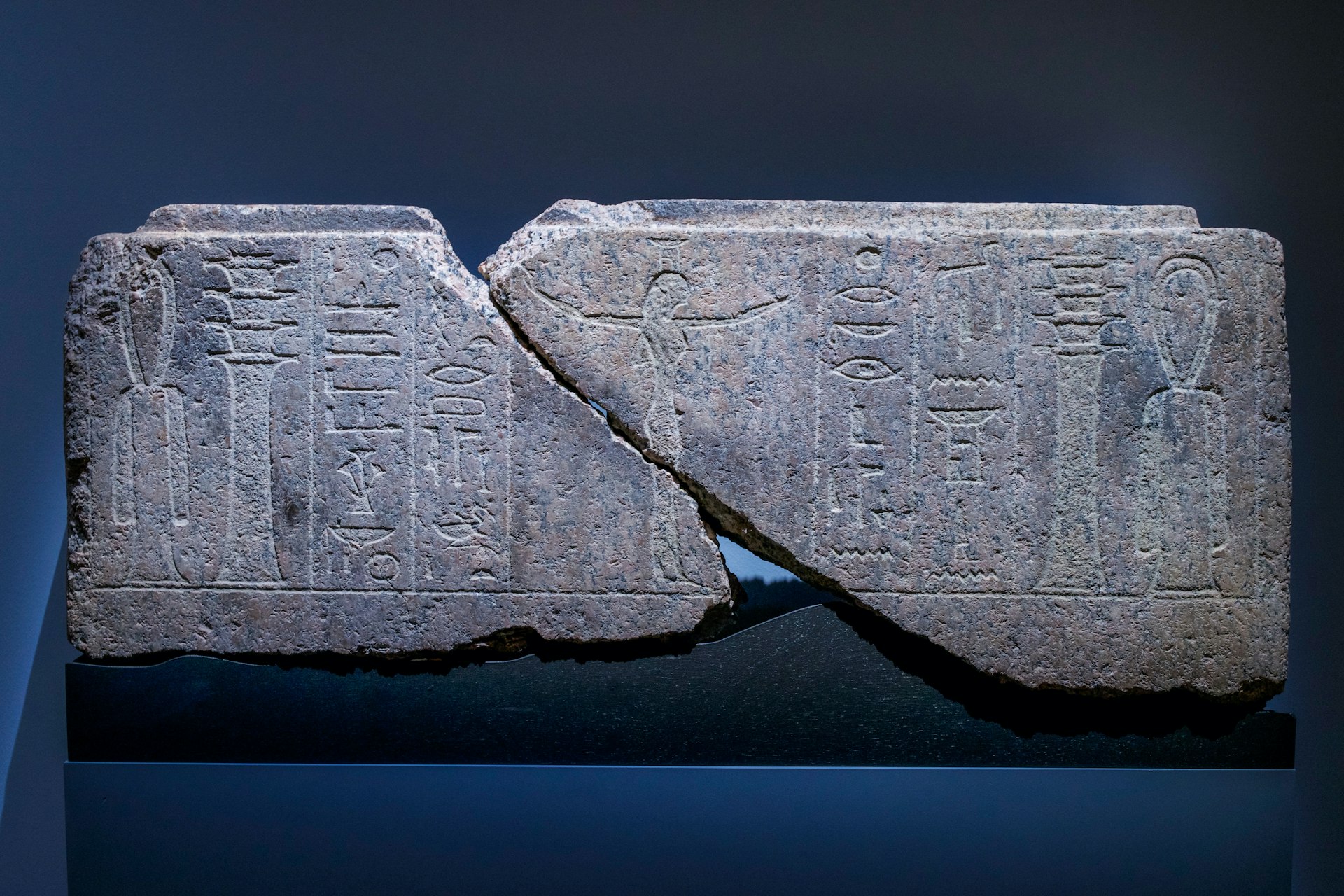How Ancient Rituals and Cultural Practices Shape Modern Identity

Photo by Polina Kuzovkova on Unsplash
Understanding Ancient Rituals and Their Enduring Influence
Across continents and centuries, ancient rituals and cultural practices have played a pivotal role in shaping the identity, cohesion, and resilience of societies. While some customs may seem unusual or even extreme by modern standards, their underlying purposes-reinforcing social bonds, transmitting knowledge, and marking life’s milestones-are universal. Today, many communities are rediscovering the value of these traditions, finding new meaning and relevance in age-old practices. This article explores notable examples, offers guidance for those seeking to experience or engage with these customs, and outlines strategies for supporting and preserving cultural heritage in a rapidly changing world.
The Padaung Neck Rings: Symbolism and Continuity
The Padaung tribe of Myanmar is renowned for a striking tradition: women wear brass rings around their necks, gradually elongating them over time. This practice, often misunderstood, is deeply symbolic-representing beauty, status, and communal identity. Girls typically begin wearing rings in childhood, adding more as they grow. Despite globalization and changing social attitudes, many Padaung women continue this custom, balancing tradition with adaptation to contemporary life. For visitors, respectful engagement is critical. If you wish to learn more, consider attending cultural exhibitions or guided tours in Myanmar, where local organizations often provide historical context and foster ethical tourism. When planning a visit, search for reputable tour operators specializing in indigenous cultural experiences and always seek out guides who prioritize community benefit and cultural sensitivity [1] .
Japanese Rituals: From Samurai Swordsmithing to the Art of the Geisha
Japan offers a remarkable tapestry of ancient rituals, many of which remain vibrant today. The art of samurai swordsmithing is more than craftsmanship; it is a spiritual practice requiring precise technique and years of apprenticeship. Modern swordsmiths still follow age-old methods, and you can observe their work at select workshops and museums throughout Japan. To arrange a visit, contact local tourism boards or search for “Japanese swordsmith demonstrations” in cities like Seki and Kyoto. These organizations frequently partner with cultural preservation societies, ensuring authenticity and educational value [2] .
The Geisha tradition , dating back to the 18th century, embodies elegance, discipline, and mastery of the arts. Modern geisha preserve skills in music, dance, calligraphy, and the tea ceremony, transmitting these to younger generations through rigorous apprenticeships. If you’re interested in experiencing geisha culture, look for official cultural events in Kyoto or Tokyo, where performances are open to visitors. To attend, consult city tourism websites or established cultural centers. Note that traditional geisha entertainment is highly regulated, and authentic experiences are typically arranged through licensed agencies [2] .
Rituals of Transition and Sacrifice: Insights from Around the World
Some ancient practices, such as seppuku in Japan or human sacrifice in Central America and Egypt, reflect intense beliefs about honor, the afterlife, and cosmic order. Seppuku, a ritual suicide performed by samurai, was a means of preserving personal and familial honor. Today, these rituals are studied for their historical and anthropological significance. Museums, academic publications, and cultural heritage sites provide contextual understanding. For reliable research, use keywords such as “history of seppuku” or “ancient Mesoamerican rituals” when searching university library databases or the websites of major museums [3] .
Indigenous Craft and Art: Weaving, Beadwork, and Rock Art
Many indigenous communities maintain craft traditions that blend artistry with storytelling and spiritual meaning. The Storyboot Project in Canada, for example, revives the ancient art of mukluk- and moccasin-making among Inuit and First Nations artisans. These handcrafted boots are embellished with beadwork, each bead placed with care and intention. The project offers weekly training sessions, and visitors can take part or observe at institutions like The Bata Shoe Museum in Toronto. If you wish to participate, search for “Storyboot Project workshops” or visit the museum’s official website for schedules and registration information [4] .
In South Africa’s Cederberg Mountains, rock art sites created by Bushmen tribes over 120,000 years provide a direct link to the spiritual and daily lives of our earliest ancestors. Guided tours and educational programs are available at reserves like Bushman’s Kloof, where you can view ancient paintings and learn about their cultural context. To plan a visit, contact the reserve directly or inquire with official South African tourism agencies for information on responsible heritage tourism [4] .

Photo by A N Suresh on Unsplash
Preserving and Participating in Ancient Practices: Practical Steps
Whether you wish to observe, experience, or help preserve ancient rituals, there are many actionable steps you can take:
- Research and Education: Start by reading books, academic articles, or reputable websites dedicated to world cultures and anthropology. University libraries, museum collections, and cultural heritage organizations are excellent resources. Use search terms such as “ancient cultural rituals,” “heritage preservation,” or “indigenous crafts.”
- Ethical Tourism: When traveling, seek experiences offered by local communities or recognized cultural centers. Always prioritize ethical and respectful engagement, ensuring that your participation benefits the host community. Official tourism boards often list certified experiences and offer advice on appropriate visitor conduct.
- Workshops and Classes: Many museums and cultural organizations offer hands-on workshops in traditional crafts, music, or dance. Contact these institutions directly or search for upcoming events on their official calendars. Participating in such activities supports preservation efforts and deepens your appreciation for the skill and meaning behind each practice.
- Support Artisans and Cultural Projects: Consider purchasing authentic, locally made crafts or donating to initiatives that fund cultural education or heritage conservation. Verify the legitimacy of any organization before making a purchase or contribution by reviewing their history, mission, and endorsements from recognized cultural authorities.
- Document and Share: If you are part of a cultural tradition, consider recording oral histories, teaching younger generations, or collaborating on community projects. Many organizations welcome volunteers or contributors who can help archive and share traditional knowledge.
Challenges and Solutions in Cultural Preservation
Despite increasing interest, ancient rituals and cultural practices face challenges such as globalization, urbanization, and the loss of traditional knowledge. Some communities struggle to maintain customs in the face of economic pressures or shifting values. Solutions include establishing cultural centers, developing educational programs, and forming partnerships between indigenous groups and academic or nonprofit institutions. If you want to support these efforts, look for organizations with transparent practices and a proven track record. You may also find opportunities to volunteer, contribute resources, or participate in advocacy campaigns designed to safeguard cultural heritage [5] .
Alternative Approaches and Modern Adaptations
Some traditions have been adapted for contemporary relevance. For example, the Japanese tea ceremony is now taught worldwide as an exercise in mindfulness and aesthetic appreciation. Similarly, beadwork and weaving workshops are offered online, enabling broader participation. Museums and cultural organizations frequently provide virtual tours, educational videos, and interactive exhibits. To access these resources, search for official museum websites, cultural festival programs, or online educational platforms specializing in world heritage.
Key Takeaways and Next Steps
Ancient rituals and cultural practices offer more than historical curiosity-they provide essential lessons in resilience, creativity, and the power of community. If you are inspired to learn, participate, or help preserve these traditions, begin by seeking out reputable educational resources, connecting with cultural organizations, and considering how your actions can support sustainable, respectful engagement. For further information, consult official tourism agencies, museum education departments, and university anthropology programs. Remember, the preservation of humanity’s rich cultural heritage depends on both local stewardship and global appreciation.
References
- Vocal Media (2024). Top 10 Bizarre Ancient Cultures That Balanced Tradition and Transformation.
- ACIS (2019). 6 Ancient Japanese Traditions to Learn About Before Your Trip to Japan.
- Ancient Origins (2016). Ten Unusual Ancient Traditions that Would Not Thrive Today.
- Insight Vacations (2017). 5 Ancient Traditions to Witness Around the World.
- Ancient Origins. Ancient Traditions.



